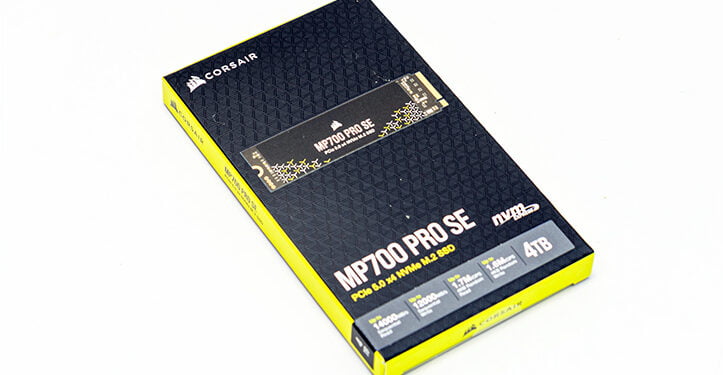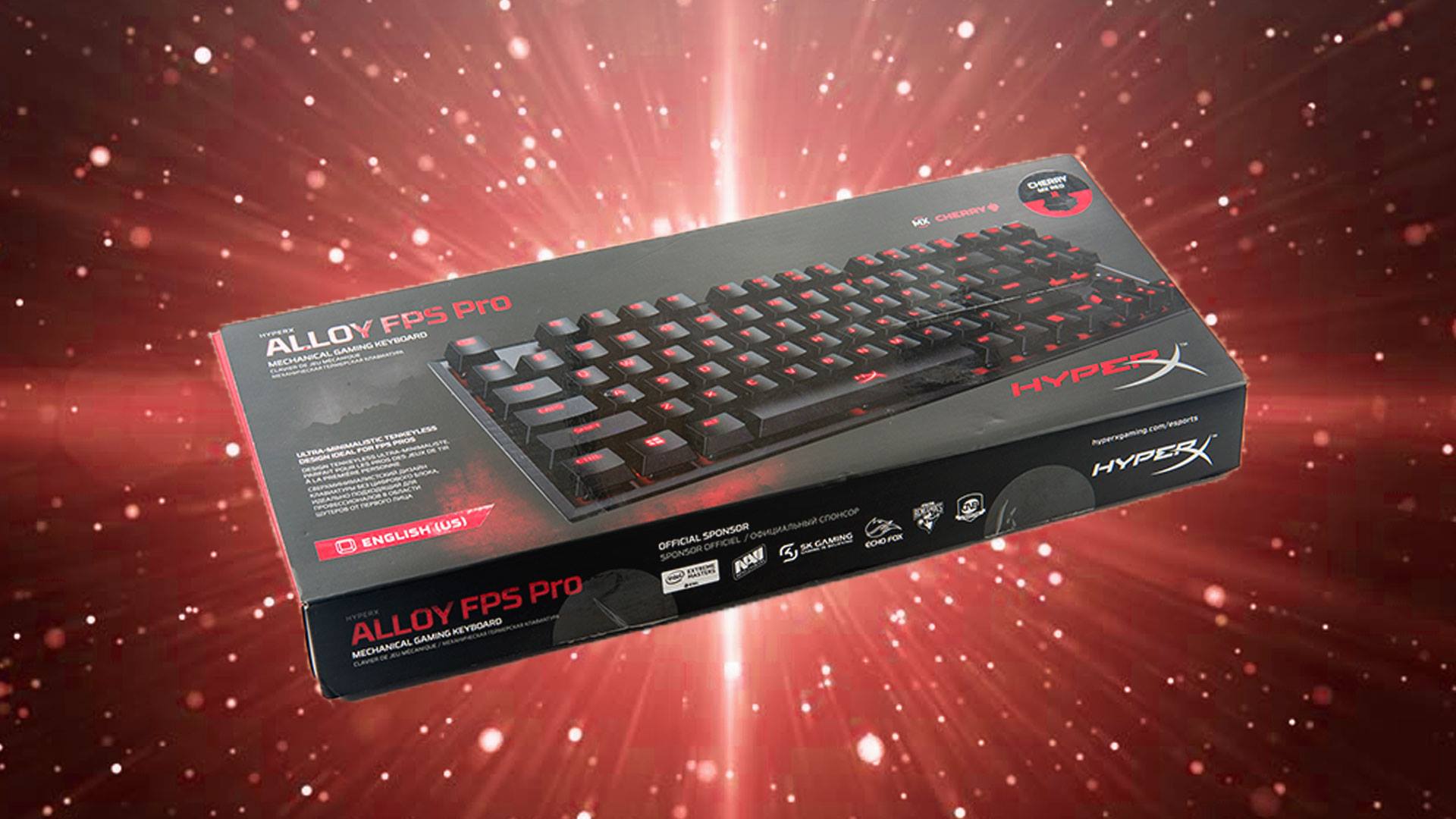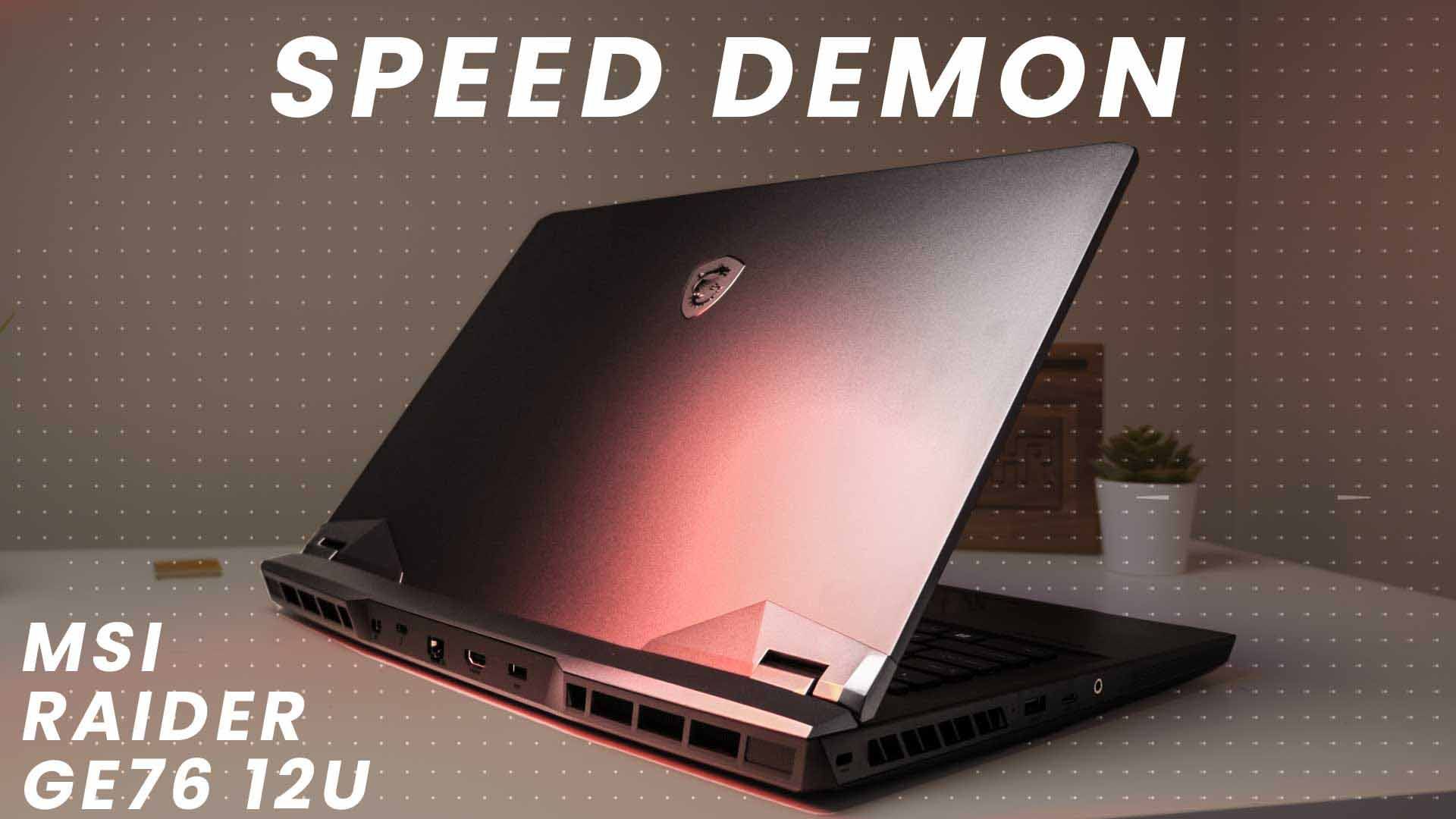Very recently we took a long hard look at what the new 2400MT/s variant of Micron’s B58R Replacement Gate TLC NAND could do and walked away very, very impressed. However, the review sample that we obtained from Crucial was a bit on the small side. Yes. 1 Terabyte(ish) of capacity is perfectly fine for an ‘All In One’ drive (OS plus apps/games/etc) but in many ways does not really showcase what this NAND can do. After reaching out to Corsair we were able to secure a review sample of their new four Terabyte MP700 SE Pro. A new model that pairs that marvelous new, and improved, Micron 2400MT/s NAND with the exact same Phison E26 Controller… and then gives you all the space the average buyer could want. All in one drive.
On the surface spending $580, for the non-heatsink 4TB variant we will be reviewing today, seems a bit extreme for many builds. That is because it is not intended for typical builds where system builders will pair a 1 or 2TB NVMe (budget dependent) for the OS with a secondary 1-2TB for the apps and games drive. Instead of doing things the old way, the MP700 Pro SE 4TB wants to show builders a new way. The Corsair Way™ where you buy one big PCIe 5.0 NVMe SSD and call it a day. Which for mainstream buyers does actually make a lot of sense.

The reason for this does vary… but mainly boils down to two salient facts. The first is Intel based systems only come with one PCIe 5.0 x4 M.2 slot. Thus limiting the secondary ‘game’ or ‘apps’ drive’s performance to under 8Gbps (and around ~1M IOPS) instead of 14Gbps read / 12Gbps write (at 1.7/1.6 Million IOPS r/w) that the MP700 Pro SE 4TB is rated for. The other, with one big drive an actually good value argument can be made for opting for it over two smaller 2TB’ers. For example this 4TB does indeed cost $580, but its smaller sibling, the 2TB variant, is ~345 USD. Even one opts for a Crucial 2TB T705 (~300USD) + 2TB 700 (~270USD) one will be left will a slower overall end result. One that takes up two M.2 slots (thus reducing upgradability next year when a new next gen lands) and has a lower total endurance rating (3000TB vs either 1200TB+1200TB for Corsair or 1400TB+1400TB with a pair of MP700 Pro SE 2TB’ers). All for a savings of ten bucks.
To us this does beg the burning question on if the of MP700 Pro SE 4TB can actually deliver on its performance promises or if Corsair has been a little… overly enthusiastic in their ratings. After all, in a strange quirk both the 2TB and 4TB capacity options share the exact same performance ratings. So is this a mistake, or is the 4TB just that good? So, let’s put this big boi to the test and see how it performs in both OS and non-OS related tasks. That will quickly show the truth of the matter and give you a very good, and clear, understanding of what the MP700 Pro SE 4TB can, and possibly cannot, do.











